Goth Chick News: Count(ing) Dracula – There’s Always Room for One More
First off, being today is the holiday around which the entire Goth Chick News year revolves, HAPPY HALLOWEEN!! The Black Gate offices are positively awash in cobwebs and black candles, while the adult beverage maker is blending at top speed. It’s causing a brown out in the executive suite but is also serving to drown out John O shouting about not being able to hear his Robots of Gotham audio book. Black Gate photog Chris Z, who is wearing a Devil’s Rejects tee shirt with his kilt and army boots, is hosting a screening of Zombeavers for the interns, and the whole place smells like Fireball whiskey and pumpkin spice.
And never mind it’s snowing in Chicago…
So, before I head out to the Uber for my 24-hour bacchanalia of decadence marking October 31st, I had to take the time to give you this one tib bit of (hopefully) good news.
As you may or may not be aware, Dracula has headlined no less than 61 films since Mr. Stoker first introduced him to us in 1897. There has literally been a Dracula for all times and cultures, appearing on the big screen and small, and telling us about the children of the night in literally dozens of languages. But today we get a glimpse into the fanged-one’s spiritual homecoming. Though the vampire made his home in Transylvania, Dracula as a character was born in Cruden Bay, Scotland rooting his literary origins firmly in the U.K. and it is from London where he is once again being reborn.
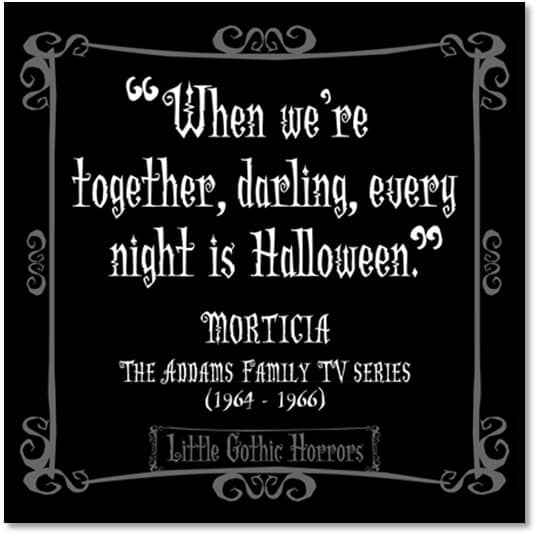


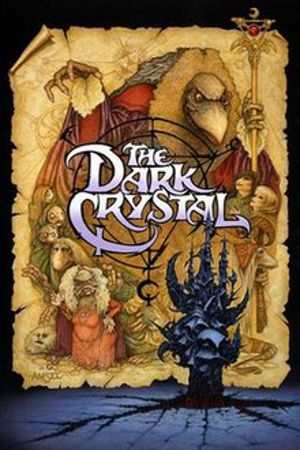
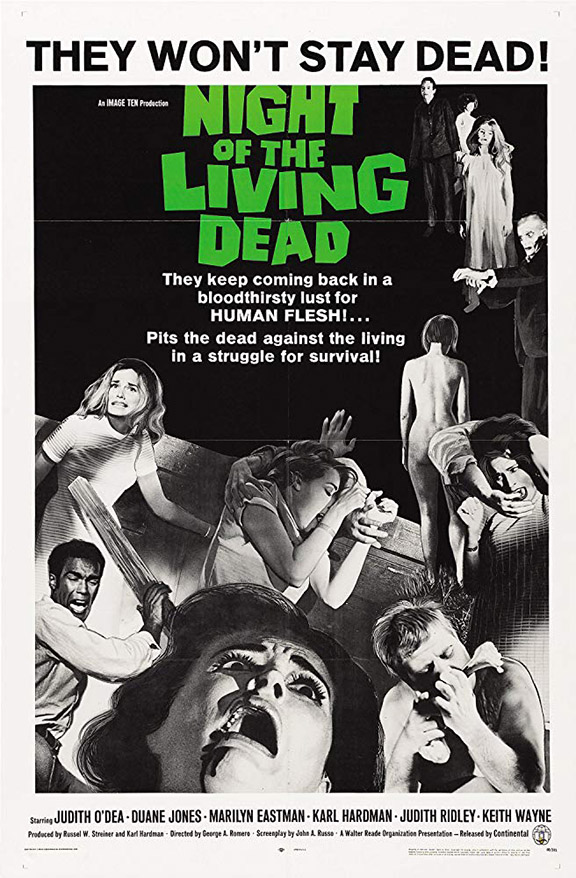
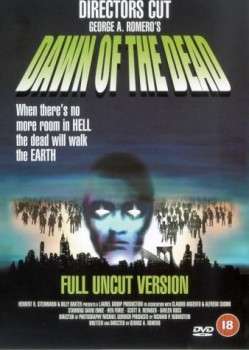
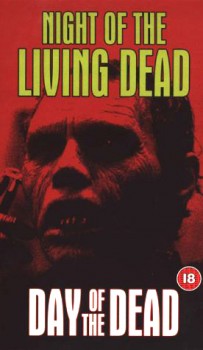

 Yesterday I posted my last full review of a film from the 2019 Fantasia International Film Festival. Today, then, a post looking back at this year’s Fantasia. First, as always, my profound thanks to everyone who puts the festival together. And thanks as well to the audiences, who give the festival a reason for being. Special thanks to everyone I watched movies with, everyone I waited in line with, and everyone who I talked with and hung out with during Fantasia 2019.
Yesterday I posted my last full review of a film from the 2019 Fantasia International Film Festival. Today, then, a post looking back at this year’s Fantasia. First, as always, my profound thanks to everyone who puts the festival together. And thanks as well to the audiences, who give the festival a reason for being. Special thanks to everyone I watched movies with, everyone I waited in line with, and everyone who I talked with and hung out with during Fantasia 2019. All good things must come to an end, they say, and for me Fantasia 2019 ended at the Hall Theatre with the Korean action-horror movie The Divine Fury (사자, romanised as Saja, literally Emissary). Directed by Kim Joo-hwan, it follows Yong-hu (Park Seo-jun), a champion MMA fighter who lost his father under mysterious circumstances at a young age. In the present, when mysterious wounds appear on his hands and he is attacked by a demonic force, a blind shaman guides him to exorcist Father Ahn (Ahn Sung-ki), who tells him the wounds are stigmata and give him great power in fighting demons. The two team up, reluctantly on the part of Yong-hu, who holds a grudge against Christianity after the death of his father. But there are dark forces at work in Seoul, and Yong-hu must use all his skills to defeat the forces of hell on earth.
All good things must come to an end, they say, and for me Fantasia 2019 ended at the Hall Theatre with the Korean action-horror movie The Divine Fury (사자, romanised as Saja, literally Emissary). Directed by Kim Joo-hwan, it follows Yong-hu (Park Seo-jun), a champion MMA fighter who lost his father under mysterious circumstances at a young age. In the present, when mysterious wounds appear on his hands and he is attacked by a demonic force, a blind shaman guides him to exorcist Father Ahn (Ahn Sung-ki), who tells him the wounds are stigmata and give him great power in fighting demons. The two team up, reluctantly on the part of Yong-hu, who holds a grudge against Christianity after the death of his father. But there are dark forces at work in Seoul, and Yong-hu must use all his skills to defeat the forces of hell on earth. The nice thing about my last day of Fantasia was that rather than sit in one place, I would watch something on my own in the screening room, then something at the small De Sève Cinema, and finally something at the big Hall Theatre. It had the well-rounded feeling of a good summing-up.
The nice thing about my last day of Fantasia was that rather than sit in one place, I would watch something on my own in the screening room, then something at the small De Sève Cinema, and finally something at the big Hall Theatre. It had the well-rounded feeling of a good summing-up.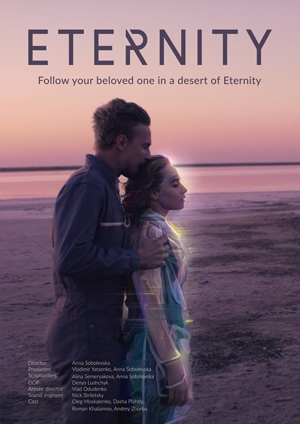 After taking a day to attend to various non-cinema matters, I came early to the last day of the Fantasia Film Festival. I had two movies I wanted to see in theatres, but first I wanted to catch up on something I’d missed when played on the big screen: the 2019 International Science Fiction Short Film Showcase. Luckily, I was able to watch it at the Fantasia screening room. Uncharacteristically, American shorts dominated this year; in an appropriately science-fictional statistic, 7 of 9 movies were from the US, with one from Australia that ended the showcase (at least in the order described in the Fantasia program) and one from Ukraine that began it.
After taking a day to attend to various non-cinema matters, I came early to the last day of the Fantasia Film Festival. I had two movies I wanted to see in theatres, but first I wanted to catch up on something I’d missed when played on the big screen: the 2019 International Science Fiction Short Film Showcase. Luckily, I was able to watch it at the Fantasia screening room. Uncharacteristically, American shorts dominated this year; in an appropriately science-fictional statistic, 7 of 9 movies were from the US, with one from Australia that ended the showcase (at least in the order described in the Fantasia program) and one from Ukraine that began it.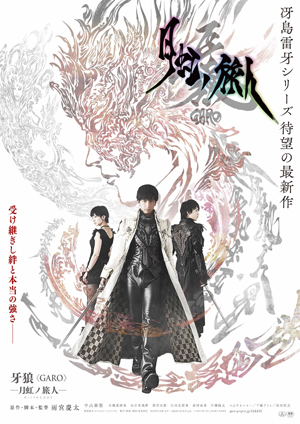 I approached my second and last film of July 30 with real uncertainty. I’d never seen many tokusatsu films or TV shows, and what I had seen I hadn’t cared for. (‘Tokusatsu’ literally means something like ‘special effects,’ but in the West it’s come especially to refer to shows like Power Rangers or Kamen Rider.) Still, playing in the De Sève Cinema was Garo — Under the Moonbow (Garo: gekkô no tabibito, 牙狼 — 月虹ノ旅人, also translated Garo: Moonbow Traveler), written and directed by Keita Amemiya. It’s the latest installment of a franchise, created by Amemiya, which began with a 2005 TV series and has continued through more TV shows, live-action movies, and anime series. as well as video games, manga, and various other tie-ins. A veteran creator of tokusatsu dramas, Amemiya is particularly known for his powerful design sense, and the images and description of the film promised a stylish fantasy adventure. Although it’d be my first experience with a series that had dozens of hours of continuity behind it, I decided it was worth passing up a chance to see The Crow on the big screen in order to watch Under the Moonbow.
I approached my second and last film of July 30 with real uncertainty. I’d never seen many tokusatsu films or TV shows, and what I had seen I hadn’t cared for. (‘Tokusatsu’ literally means something like ‘special effects,’ but in the West it’s come especially to refer to shows like Power Rangers or Kamen Rider.) Still, playing in the De Sève Cinema was Garo — Under the Moonbow (Garo: gekkô no tabibito, 牙狼 — 月虹ノ旅人, also translated Garo: Moonbow Traveler), written and directed by Keita Amemiya. It’s the latest installment of a franchise, created by Amemiya, which began with a 2005 TV series and has continued through more TV shows, live-action movies, and anime series. as well as video games, manga, and various other tie-ins. A veteran creator of tokusatsu dramas, Amemiya is particularly known for his powerful design sense, and the images and description of the film promised a stylish fantasy adventure. Although it’d be my first experience with a series that had dozens of hours of continuity behind it, I decided it was worth passing up a chance to see The Crow on the big screen in order to watch Under the Moonbow.